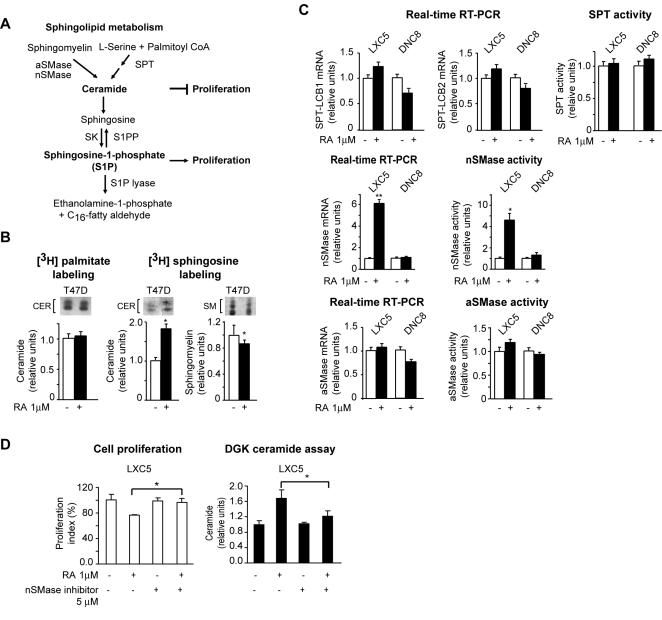Figure 3. RA fails to induce nSMase-mediated CER synthesis in cells with functional RARα inhibition.
A) Scheme showing the metabolic pathways leading to the synthesis of both CER and S1P, two bioactive sphingolipids known for exerting opposite effects on proliferation. B) [3H] palmitate or [3H] sphingosine labelling, in the presence and absence of RA, showing that RA induces CER accumulation through a sphingomyelinase pathway (fluorographic pattern of CER and sphingomyelin (SM), respectively, in the upper inserts). C) Quantitative analysis of transcription and activity for the different enzymes leading to CER synthesis in both LXC5 cells and DNC8 cells clearly indicates that RA induces CER through the nSMase pathway (middle) and not the SPT (top) and aSMase (bottom) pathways. D) The nSMase inhibitor GW4869 significantly counteracted both RA-induced growth inhibition (left) and CER accumulation (right).

